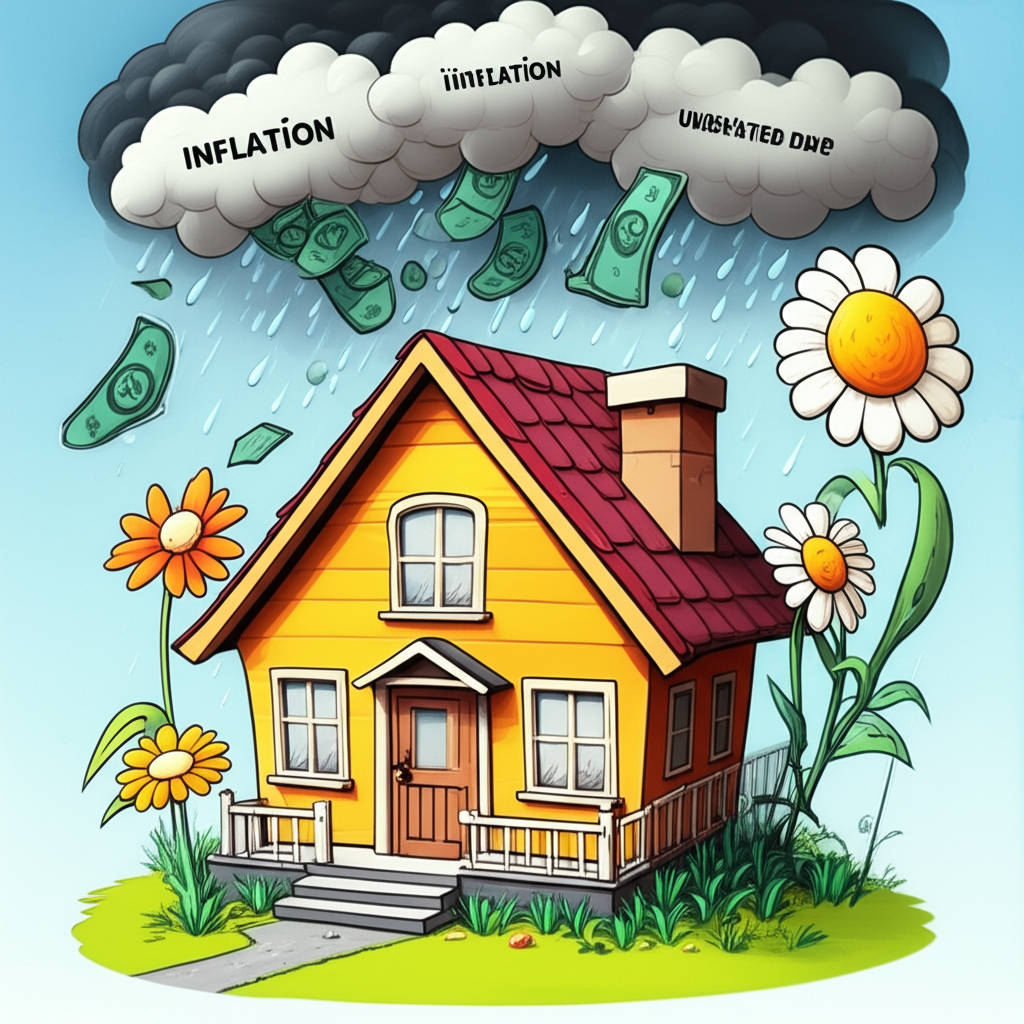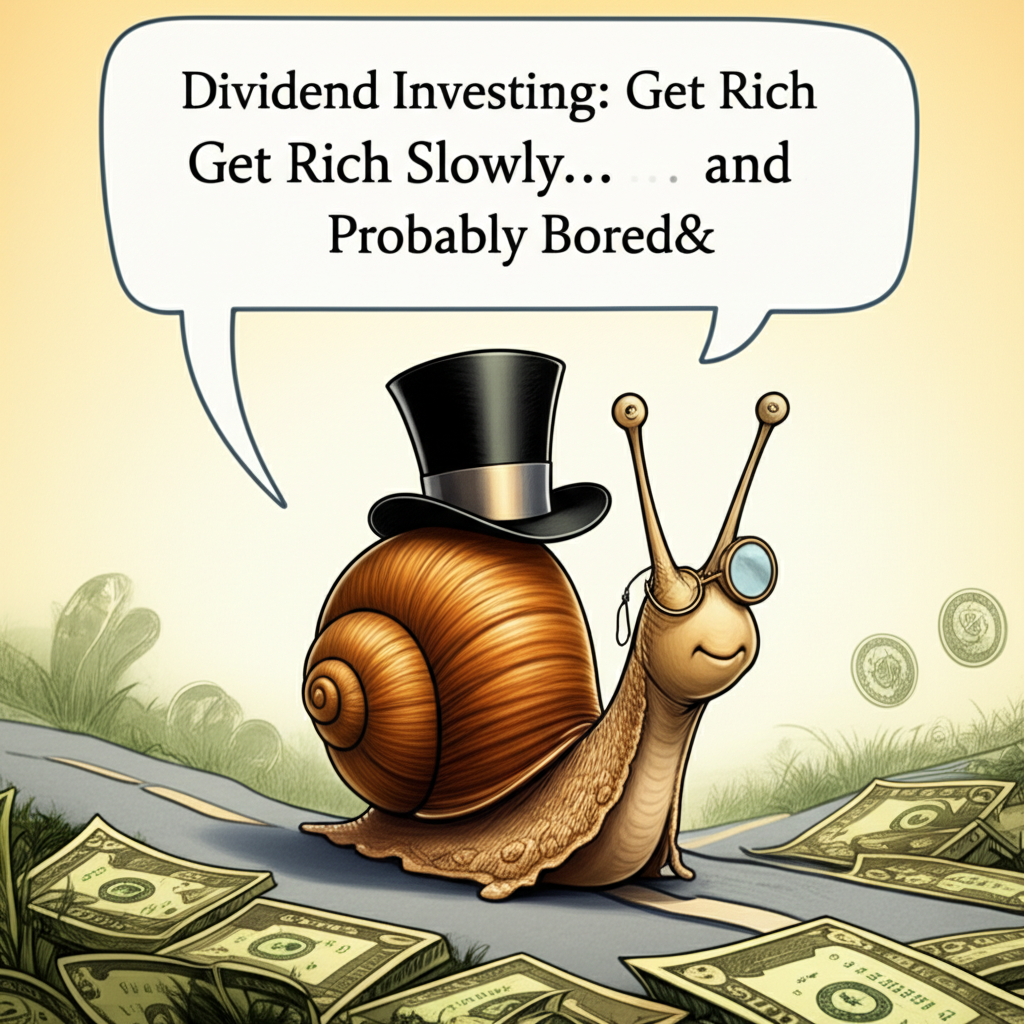
Here are a few humorous and satirical articles about financial resilience, designed to be informative yet lighthearted and entertaining!
Article 1: The Emergency Fund – Your Personal Financial Fallout Shelter (Now with Optional Gold-Plated Shovel)
In these uncertain times, where a rogue meteor, an unexpected root canal, or a sudden urge to buy a life-sized statue of Jeff Goldblum can derail your meticulously planned budget, financial resilience isn’t just a buzzword – it’s a survival skill. And at its core lies the mythical beast, the legendary creature, the elusive Emergency Fund.
What is it, you ask? It’s not a piggy bank for loose change. It’s not a secret stash for that one really expensive concert ticket. No, dear reader, an Emergency Fund is your personal financial fallout shelter. It’s a bunker for your bucks, designed to protect you when the financial apocalypse (or just a leaky water heater) strikes. Think of it as a grown-up version of that "break glass in case of emergency" box, except instead of a fire extinguisher, it contains enough liquid assets to prevent you from selling your kidney for car repairs.
Why do you need one? Because life, much like a toddler after too much sugar, is utterly unpredictable. Your job might spontaneously combust, your car might decide it prefers to be a decorative lawn ornament, or your cat might develop a sudden, expensive allergy to existence itself. Without an Emergency Fund, these minor inconveniences quickly escalate into "do I eat or pay rent?" scenarios. And trust us, ramen noodles lose their charm after the first month.
Building Your Bunker:
The common wisdom suggests 3-6 months of living expenses. Sounds daunting, right? Like trying to fill an Olympic-sized swimming pool with a teacup. But fear not! Start small. Skip that artisanal avocado toast. Brew your own lukewarm coffee. Resist the urge to buy that limited-edition designer paperclip. Every little bit you squirrel away is a brick in your financial fortress.
Where to Store Your Gold (Figuratively):
Not under your mattress, unless you enjoy the thrill of potential theft and zero interest. A high-yield savings account is your best bet. "High-yield" in today’s market might mean it earns enough interest to buy a single gumball annually, but hey, it’s better than nothing. The key is accessibility – you want to be able to get to it quickly without incurring penalties, because a true emergency doesn’t wait for market hours.
Warning Signs of a Fund-less Future:
- You refer to your credit card as your "backup savings account."
- A flat tire sends you into an existential crisis.
- Your primary retirement plan involves winning the lottery or inheriting a distant relative’s inexplicably vast collection of rare stamps.
So, go forth and build your Emergency Fund! It might not be as exciting as day trading meme stocks, but when the metaphorical sky starts falling, you’ll be the one sipping tea in your financially insulated bunker, while everyone else is running around screaming, "My dishwasher just self-immolated!"
Article 2: The Budget – Your Personal Financial Straightjacket (Now with Fewer Impulse Buys!)
Ah, the budget. That most dreaded of financial instruments. It’s not a lifestyle choice; it’s a financial straightjacket designed to keep your spending impulses from running naked through the streets of your bank account. For many, the mere mention of the word conjures images of spreadsheets, color-coded categories, and the soul-crushing realization that your "latte fund" is actually a "future-you’s-retirement-in-a-hovel" fund.
What is this Torturous Device?
A budget, in its purest form, is simply a plan for your money. It’s where you tell every single dollar exactly where it’s going, like a stern drill sergeant barking orders at bewildered recruits. "You, dollar, are going to rent! You, dollar, are going to groceries! And you, dollar that was going to buy that limited-edition collectible spork – you’re going to the emergency fund!"
Why Embrace the Straightjacket?
Because without it, your money is like a flock of pigeons in a city square: it flies around aimlessly, makes a mess, and then mysteriously disappears, leaving you wondering where it all went. A budget, however, gives your money purpose. It helps you see where your cash is truly fleeing, whether it’s into the gaping maw of subscription services you forgot you had, or the bottomless pit of impulse Amazon purchases made at 2 AM.
The Glorious Categories of Constraint:
- Needs: Food (basic, not gourmet), Shelter (roof, not penthouse), Utilities (lights, not laser show).
- Wants: That fancy coffee, the latest gadget, another streaming service (do you really need 17?). This is where the budget flexes its muscles and says, "No."
- Savings/Debt Repayment: The noble categories where your money actually works for you, instead of just evaporating into thin air.
Budgeting Methodologies: Choose Your Poison!
- The Envelope System: Cash only, baby! Put actual money into physical envelopes for different categories. When an envelope is empty, you’re done. This method is excellent for those who need a tangible reminder that money isn’t infinite, and also for those who enjoy the thrill of a good old-fashioned cash-counting session.
- The 50/30/20 Rule: 50% Needs, 30% Wants, 20% Savings/Debt. Simple, elegant, and perfect for those who find excessive detail as appealing as a tax audit.
- Zero-Based Budgeting: Every dollar has a job! You assign every single cent a purpose. It’s like financial micromanagement, but in a good way. For Type-A personalities and anyone who secretly enjoys the meticulous tracking of every penny.
The Dark Side of Budgeting (But We Jest!):
Yes, it can feel restrictive. Yes, you might have to say no to that spontaneous weekend trip to Bali. But the freedom that comes from knowing where your money is going, and having a plan for your financial future, far outweighs the temporary discomfort. Think of it less as a straightjacket and more as a very sensible, financially responsible, yet still slightly itchy, sweater. It keeps you warm from the cold winds of unexpected expenses.
So, embrace the budget! It’s not about deprivation; it’s about prioritization. And who knows, you might even find enough money to buy that gold-plated shovel for your emergency fund.
Article 3: Diversification – Or, Why Putting All Your Eggs in One Very Fragile Basket is a Bad Idea (Unless You Like Omelets of Ruin)
In the thrilling world of personal finance, where dreams are built on compound interest and shattered by meme stock volatility, there’s one concept that sounds incredibly boring but is surprisingly vital: Diversification. For the uninitiated, it’s the financial equivalent of "don’t put all your eggs in one basket." For the experienced, it’s the soothing balm that prevents sleepless nights when a single market sector decides to spontaneously combust.
The Thrill of the Undiversified!
Let’s be honest, diversification sounds like something a responsible adult would do, which immediately makes it less appealing than, say, going all-in on that one cryptocurrency your cousin’s dog walker’s uncle swore was "the next Bitcoin." The siren song of rapid riches, the allure of the "one weird trick" to financial freedom – these are the impulses diversification seeks to curb. Who wants a slow, steady climb when you can have a rollercoaster ride straight to the moon (or, more likely, directly into a ditch)?
Why You Shouldn’t Bet Your Farm (or Your Kids’ College Fund) on a Single Pony:
Imagine your entire financial future tied to the success of a single company that makes, say, artisanal unicorn horn polish. Sounds promising, right? Until a new scientific study reveals that unicorns are actually just regular horses with party hats, and the entire unicorn horn polish market collapses faster than a house of cards in a hurricane. Poof! Your retirement, your dreams of a private island, your ability to afford non-ramen noodles – all gone.
Diversification, on the other hand, is like having investments in a wide array of businesses: unicorn horn polish, regular horse shampoo, doggie dental floss, artisanal bread, and even that company that manufactures the "break glass in case of emergency" boxes. If the unicorn horn polish market tanks, you still have your horse shampoo, bread, and emergency box investments to keep you afloat. You might not get rich overnight, but you also won’t be eating dry crackers for the rest of your life.
The Art of Spreading Your Risk (Like Butter on Too Much Toast):
- Asset Classes: Don’t just invest in stocks. Consider bonds, real estate, and maybe even a tiny bit of actual gold (not the gold-plated shovel from Article 1).
- Industries: If you’re heavy in tech, consider adding some healthcare, consumer staples, or utilities. Don’t be that person whose entire portfolio hinges on whether Gen Z decides TikTok is still cool next year.
- Geography: The world is a big place! Don’t limit yourself to just your home country’s economy. Unless you truly believe your nation is immune to economic hiccups (spoiler alert: it’s not).
- Company Size: Mix large, stable companies with smaller, potentially high-growth (but higher-risk) ones. It’s like having a team of reliable workhorses and a few wild stallions.
The Bottom Line (and it’s not a punchline):
Diversification might not be as exciting as chasing the next big thing, but it’s the financial equivalent of wearing a seatbelt. You might never need it, but when you do, you’ll be incredibly grateful it was there. So, spread your eggs across many baskets. Some might still crack, but at least you won’t be left with an entirely empty carton, wondering where all your financial dreams went. Unless, of course, you really like omelets of ruin. Then, by all means, gamble away! (But don’t say we didn’t warn you).
Disclaimer: These articles are for entertainment purposes only and should not be taken as actual financial advice. Always consult with a qualified financial professional before making any financial decisions. And please, do not sell your kidneys for car repairs.


Post Comment